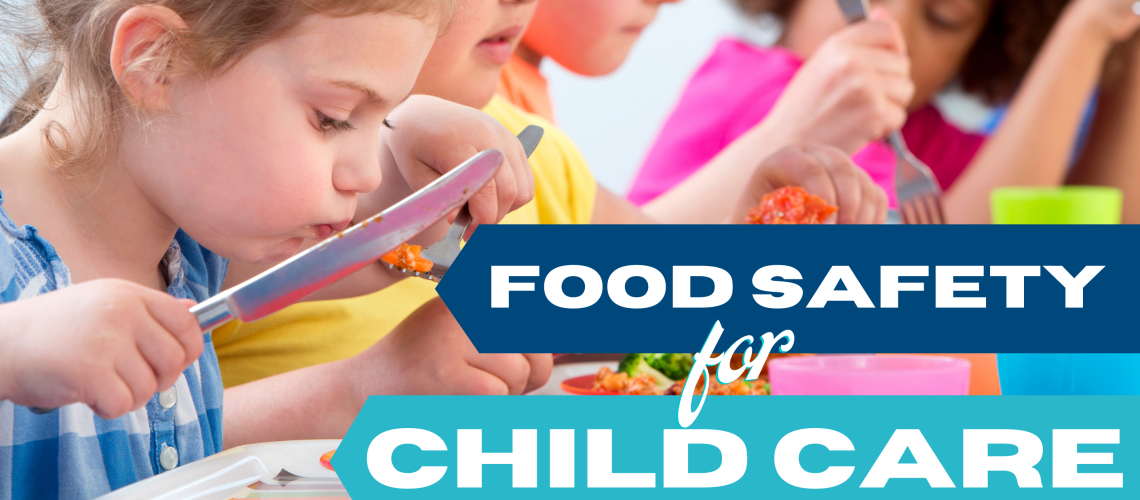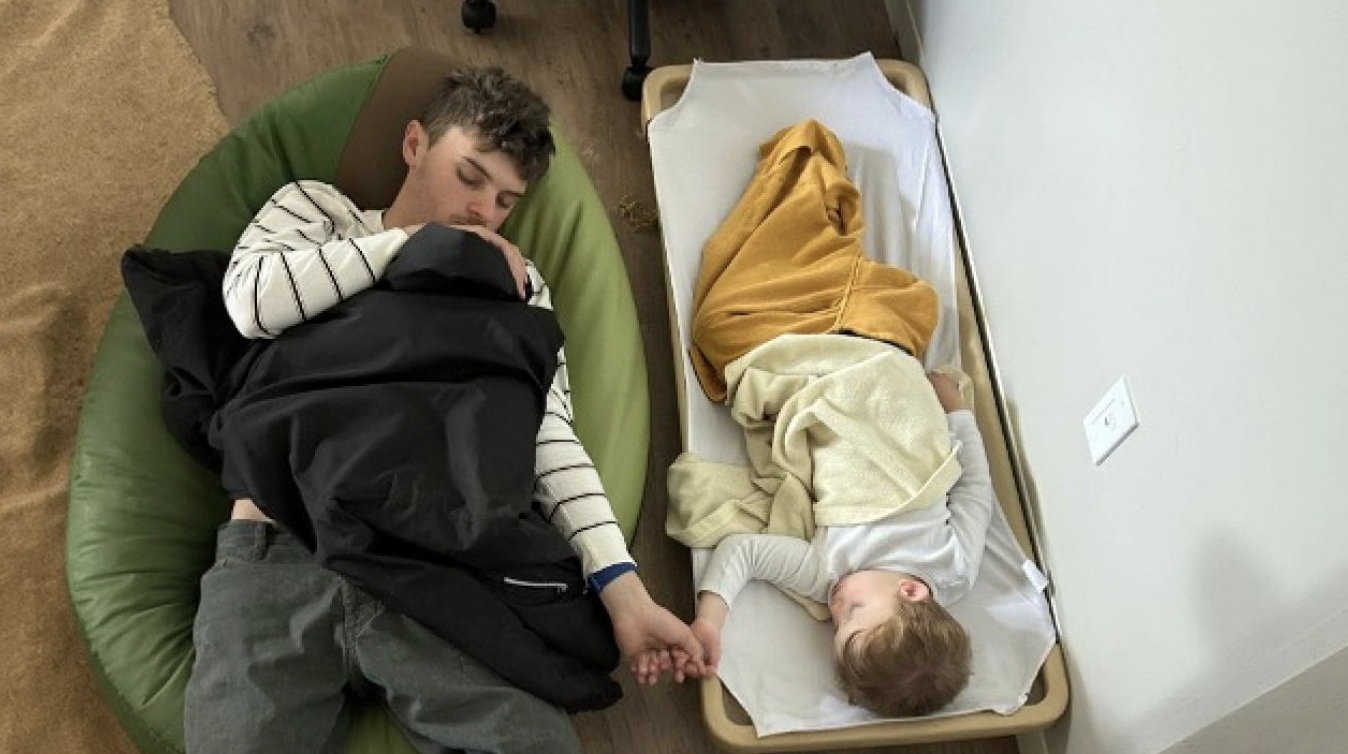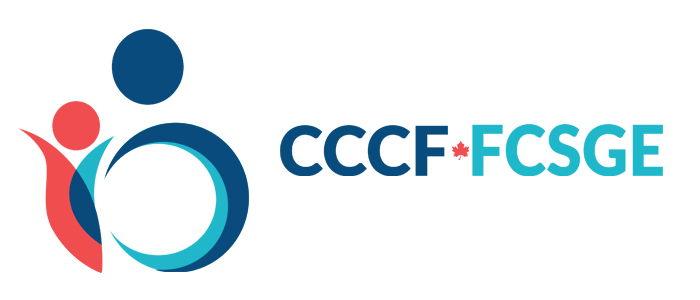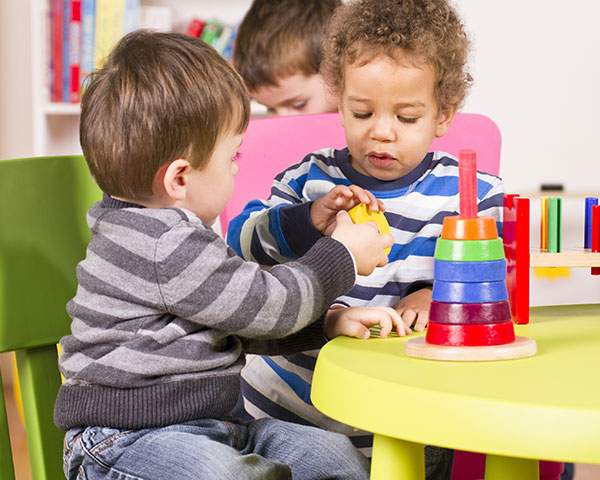Playing games with food safety is one type of play best left out of child care centres. By fully grasping and adopting key food safety principles, child care operators and food caterers who serve child care centres can help to ensure the food they provide for young children is consistently and predictably safe. If not, they’re rolling the dice with every meal they serve.
Thankfully, serious food borne illness outbreaks linked to child care centres are relatively rare, but a quick search will easily reveal several disheartening child care related outbreaks where well meaning operators failed to meet key food safety principles.
As a food safety consultant with the Guelph Food Technology Centre (GFTC), I work with many types of food operations to help them mop up after an incident or to prevent one from happening in the first place. Regardless of the size or type of operation, it’s the commitment to the following principles that seems to reduce risk and consistently improve food safety performance, regardless of the industry or size of operation.
The principles are:
- Know it
- Own it
- Measure it
Know It:
Is ‘local’ or ‘organic’ food safer? What are the microbial hazards facing the products I serve? (What are microbial hazards?) What are the risks associated with parent-supplied foods or ingredients?
What is HACCP? What is the ‘Danger Zone’? What are priority allergens? What should I wash my produce with?
The extensive knowledge required to prepare food safely and consistently cannot be adequately obtained just through self-study or through a one day general food safety course.
Food Safety requires knowledge of specific food safety tools, methods and fundamentals. “Wash your hands and keep fridges cold?” – that’s the easy stuff to learn (although still critical), but it’s insufficient to ensure adequate food safety.
Real food safety knowledge needs to encompass Risk Management tools such as HACCP – Hazard Analysis Critical Control Points. HACCP is an internationally used risk management method that identifies specific food safety hazards in your food preparation process and establishes robust controls over the critical points (referred to as CCP’s or Critical Control Points) in your process. HACCP is a prime requisite for food safety. Food Safety knowledge also needs to encompass areas such as Supplier Quality Assurance, Allergen Control, Microbiology, Toxicology, pest control, and Quality / Process Management principles, to name a few.
So, who within a child care setting should receive food safety training? Everyone – but the extent of the training depends on the person’s role within the centre.
In addition to the personnel who are involved in preparing foods every day, the child care operator or owner and the centre’s supervisory team should undertake a one day overview course so that they are familiar with food safety principles. This familiarity will enable them to verify and (when necessary) challenge or support the food safety work being conducted by the caterer or the primary centre cook. This familiarity will also enable them to assess food safety competency when designating or hiring kitchen staff or approving a caterer; this also helps to build leadership level understanding of the reasons behind providing food safety resources and tools, so that they can be reinforced on an ongoing basis with all staff.
Typically the centre’s cook functions as the internal food safety expert within the child care centre. This person should undertake a variety of food safety courses that include elements around those listed earlier in this article (such as HACCP, microbiology, etc…). The learning that is necessary cannot be accomplished through a single course. It typically requires different courses with different foci. Some good courses I’m familiar with include TRAINCAN Inc.’s ADVANCED.fst and ServSafe®. In addition, many local colleges offer food safety diploma programs. Participation in such courses is as important to the food handler as is participation in courses on pedagogy and early childhood development is to the early childhood educator. Just like it would be for the ECEs in your program, participation in food safety professional development should be part of your performance expectations for staff who are handling food to be served to young children.
Finally, assistant and backup food handlers should take a basic food handler training program. On-line courses can work for these “back up” cooks as can shorter one-day basic courses. It will be important to support staff’s ongoing learning by offering (at least) semi-annual in-house refresher training that could be conducted by the centre’s cook (remember, the cook is the “internal food safety expert”).
Aside from formal training, the centre’s internal food safety expert should stay abreast of food safety developments by liaising with local public health and joining food safety list serves or user groups such as Linked In ‘Food Safety and Traceability Resource Centre.’
questionable quality or making tough decisions in the face of upset parents
Own It:
I once addressed senior managers from a large food manufacturer and asked them one of my favourite questions: How do you know your food is safe? Their response “We know it’s safe because our food safety staff tell us it’s safe” revealed that they were blissfully passing food safety responsibility on to someone else.
Food borne illness outbreaks are rarely the result of an isolated, unforeseen incident, but are often the result of ‘management’ and ‘systems’ failures. Failure to ensure food safety in large food manufacturing plants typically arises from lack of ownership and commitment by senior management. This same phenomenon applies to child care centre leaders too.
With respect to food caterers, keep in mind a recent news story of a Toronto based food caterer that provided more than 1 million meals to child care centres across Ontario. It was shut down by government inspectors for following unsafe and misleading food handling practices. This serves as a glaring reminder that the responsibility for food safety in your centres is yours.
What does it mean for the child care centre leaders to ‘own’ food safety?
Owning food safety means that the operators and supervisors are leading the development and maintenance of a food safety culture in the centre. They are ensuring that they have received adequate training and that their staff have as well. It means understanding the key food safety indicators (which I address later in this article). Owning food safety means understanding the resources required to ensure food safety and then providing them. It also means being ready to make tough decisions that may include discarding expensive food or ingredients that are past their expiration date or of with respect to the use of parent- supplied foods. Ultimately, owning food safety means being able to answer the question: “How do I know the food in my centre is safe today?”
Measure It:
Measuring Food Safety means establishing indicators that help you know that your food is safe or that tell you when food safety levels may be slipping (child care personnel are typically very familiar with scales and measures for quality practices in early childhood education – this is just one more).
Food Safety Indicators need to be assessed regularly and acted upon immediately. They’re typically divided into (1) Leading Indicators and (2) Lagging Indicators.
Lagging Indicators happen ‘after the fact’. They include indicators such as public health inspection results/scores or documentation of complaints but don’t fully predict your likelihood of causing an outbreak since they occur ‘after the fact’.
Leading Indicators are process-based. They are designed to measure the effectiveness of your food safety systems. Keeping the systems and processes on track minimizes the risk of an outbreak. Establishing and measuring key leading indicators takes time and effort (plus commitment).
It also implies that a centre has already established formal food handling practices such as:
- solid policies that refer to how parent supplied food is handled in the centre and for how food is rotated for optimum freshness or maintained at correct temperatures;
- ingredient receiving (if food is delivered to your program) checklists or purchasing protocols;
- internal inspections (or walks-through);
- pest control;
- housekeeping/sanitation programs;
- HACCP; etc…
Food Safety Leading Indicators are typically focused on key food safety risk areas. While child care centres may differ in the kinds of risk areas they need to consider (part time programs, full time, licensed capacities), some common “Leading Indicators” could include:
- Results of daily food safety walk-throughs (or self-inspections);
- Completion rates for staff training and refresher training (keep these on file, just as you would any other certificates or documents showing staff training);
- Number and severity of outstanding food safety items requiring correction (such as repairs or identified food handling issues);
- Supplier or caterer food safety performance checks.
With respect to caterers, keeping track of their food safety performance is critical (and note: merely passing a public health inspection is NOT sufficient); - Percentage of critical food safety checks (including CCPs) being performed adequately, such as temperature monitoring and performance of cooking and cooling processes.
You may want to consider developing a Food Safety Score Card that helps your staff to track their indicators and monitor trends over time (better yet, work with your child care networking groups and resource centres on this one). As with other food safety program elements, it requires a fully trained operator and internal food safety expert to adequately establish these indicators.
Conclusion
Knowing it, owning it and measuring it are three principles that cannot exist separately. Safe food is a vital characteristic of high quality child care programmes that support children’s healthy growth and development. Living the food safety principles allows child care centres to establish measurable and predictable food safety systems; to maintain them and even more importantly, to use the information to continuously improve them resulting in safe children thriving in a safe environment.
Paul Medeiros is Director, Food Safety and Quality Consulting Services consultant with the Guelph Food Technology Centre (GFTC) and a former public health inspector. He works with an extensive portfolio of both large and specialized clients in all tiers of the food industry from agriculture and supply through to food service. He holds olds certifications in quality management, public health inspection, training and education.












